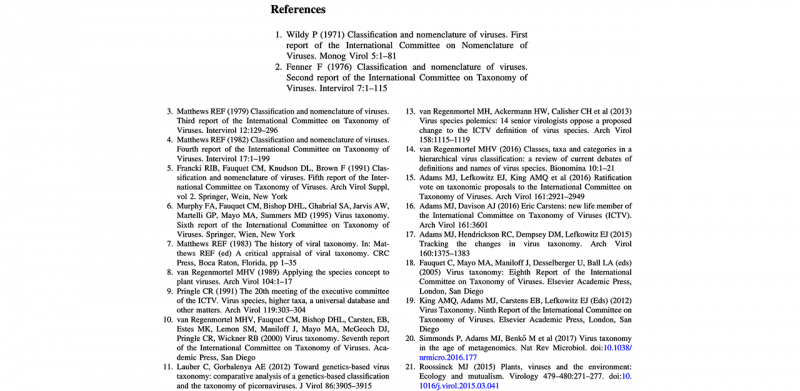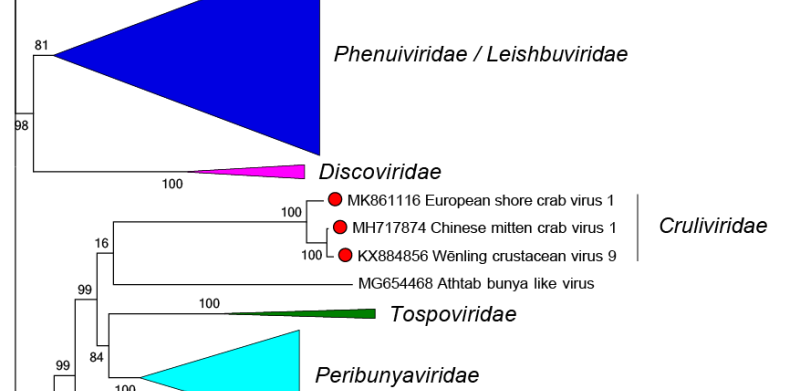References: Cruliviridae
References: Cruliviridae
Bojko, J., Stebbing, P. D., Dunn, A. M., Bateman, K. S., Clark, F., Kerr, R. C., Stewart-Clark, S., Johannesen, Á. & Stentiford, G. D. (2018). Green crab Carcinus maenas symbiont profiles along a North Atlantic invasion route. Dis Aquat Organ 128, 147-168. [PubMed]








